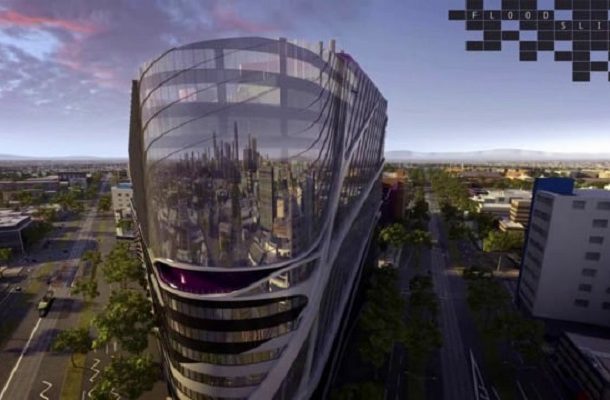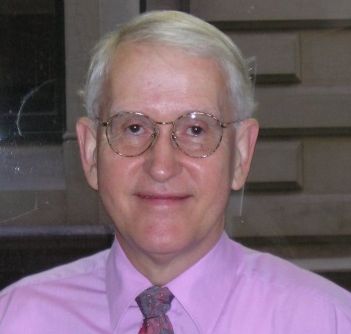Mighty oaks from little acorns grow: The success story of Bio21

Science departments and institutes in the University of Melbourne precinct such as biology, botany, chemistry, physics and mathematics had tended historically until 1998, to work in “silos”, with minimal inter-disciplinary collaboration and shared research papers.
As University leaders increasingly found that interdepartmental research collaboration had the potential to produce significant and novel “multiplier” scientific breakthroughs, they collaborated to formally set up an institute that brought these departments and research entities together.
A consulting team, led by Joint Technology Partners (JTP) – now Mentre Corporation, conducted a feasibility study to set up a permanent entity that would coordinate, manage and drive research and development collaboration. JTP also coordinated the development of a funding proposal to the Victorian Government, working together with several university groups and research institutes, including particularly the Walter and Eliza Hall institute (WEHI).
With state government funding support of around $30 million, the outcome of the proposal was the creation of the Bio21 centre as a distinct building within the University of Melbourne’s Parkville precinct, and adjacent to the Royal Melbourne Hospital, the Royal Women’s Hospital, and the Royal Children’s Hospital.
The centre is a 10-storey building that is fully integrated into the medical and university precinct, and physically connected through overhead pathways to the different departments. The building is currently a hub for practitioners, researchers, visitors and patients.

Successive governments have enhanced the funding of the Parkville precinct, and it has become a world-class centre for collaborative science, drug discovery and treatment, one of the largest biotech research hubs in Australia. It now hosts the Victorian Comprehensive Cancer Centre and the Peter MacCallum Cancer Institute.
Dr Cory, the then Director of the Walter and Eliza Hall Institute (WEHI), saw a role for the new institute in collaborating with pharmaceutical companies to commercialise their own research findings. WEHI was in the early stages of developing a cancer leukaemia drug and was able to bring together a very diverse group of Bio 21 academics to collaborate and work with international Pharmaceutical companies who Invested $20 million in the project in exchange for a future Royalty stream.
The outcome has been the full commercialisation of cancer leukaemia drug Venetoclax, which has full FDA approval in the USA and TGA approval in Australia, and has recently been listed on the Pharmaceutical Benefits Scheme.

Initiated by Dr Cory in 2000, this was the first drug development and commercialisation project in direct collaboration with “big pharma” in the Bio 21 precinct, rather than just pure research and development The drug was developed by an interdisciplinary team of biologists, medical chemists, screening clinicians and structural biologists working together over a multitude of worldwide trials.
Global data indicates that the value of Venetoclax will be US$4.3 billion by 2024. The Royalty stream from international drug sales is now generating significant returns to WEHI, which they are re-investing in more research and development – a “virtuous cycle”.
WEHI has now also invested in a national Drug Discovery Centre, co-funded by the Australian Government, to replicate this collaborative research commercialisation model and translate basic cell biology into therapeutics.
From little things, big things grow. We can be proud of our involvement.

Robert Crompton has been a partner of Joint Technology Partners since 1997, which is now holding company Mentre Corporation. He is also the Director of Optias and Perioptias which work on chronic healthcare management in Australia’s ageing population.











